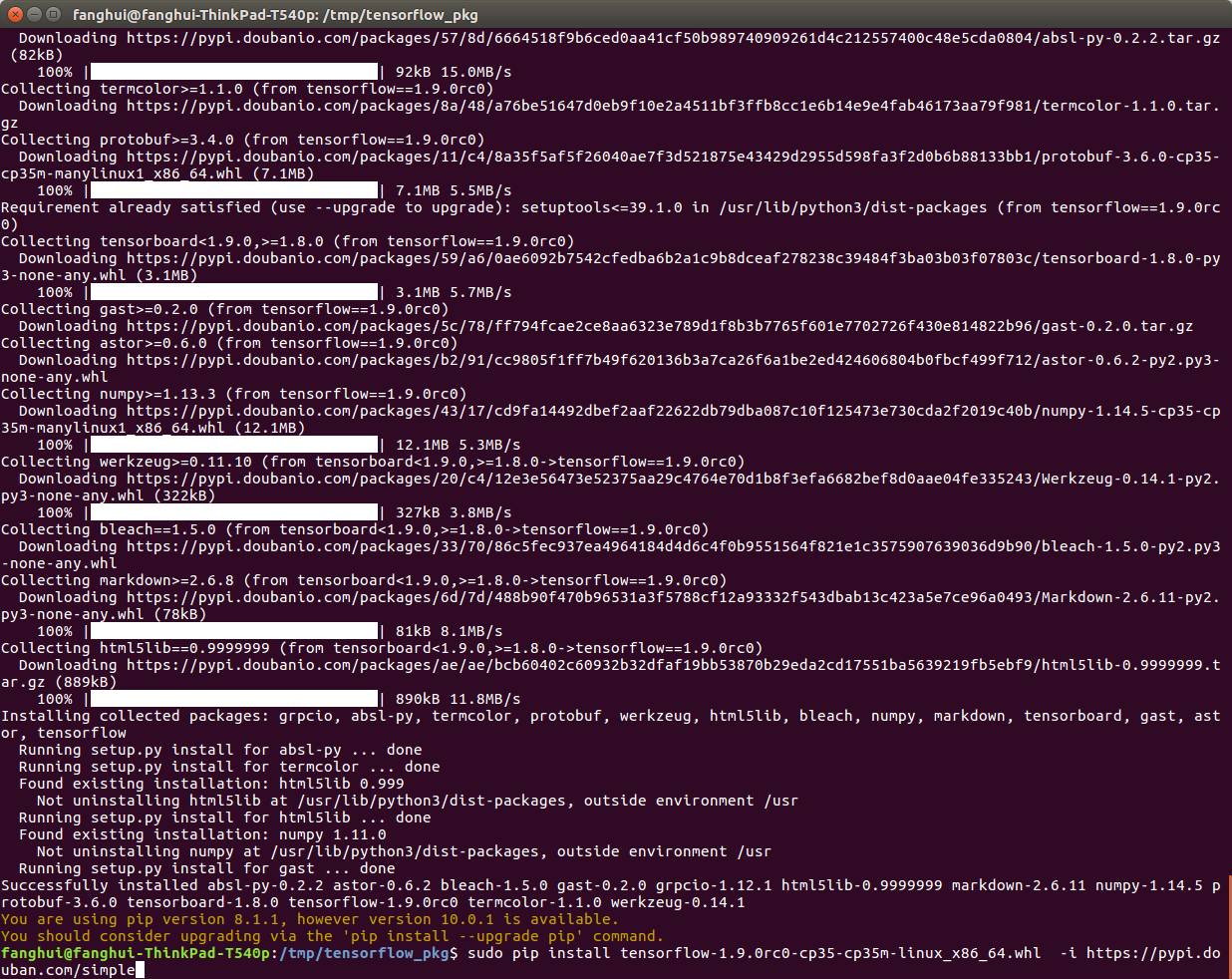

- #INSTALL PYTHON 3.5 UBUNTU COMMAND LINE HOW TO#
- #INSTALL PYTHON 3.5 UBUNTU COMMAND LINE INSTALL#
- #INSTALL PYTHON 3.5 UBUNTU COMMAND LINE SOFTWARE#
- #INSTALL PYTHON 3.5 UBUNTU COMMAND LINE CODE#

There are plenty of keyboard shortcuts you can use in command mode but the easiest way to enter a command is with the command line which appears when you type a. To leave insert more press the escape key on your keyboard the - INSERT - should go away. Scroll to the bottom of the file and enter the two new lines as before. While you are in insert mode you can use the keyboard arrow keys to navigate and any characters you type should be inserted into the file. When you are in insert more you should see an - INSERT - on the bottom line of your terminal. By default vim starts in command mode but you can enter insert mode by pressing the i key. The most important modes are command mode (where you give the editor commands like “save” or “open a new file” or “quite”) and insert mode (where you insert text into the file).
#INSTALL PYTHON 3.5 UBUNTU COMMAND LINE SOFTWARE#
The default task for Python, like most packages, is to compile the software so running: You can run make to execute the default task (i.e. the first one in the file) or, e.g., make test to run the “test” task. The Makefile script is executed with the make command.
#INSTALL PYTHON 3.5 UBUNTU COMMAND LINE HOW TO#
The Makefile contains instructions on how to achive various tasks like “build” or “make the executable called python” or “run the test suite”.

configure produces is another large, automatically generated script called Makefile (often there will be several of these scattered throughout the subdirectories of the software). When I’m feeling too lazy to read the requirements for a package it’s not unusual to go through this cycle a few times.
#INSTALL PYTHON 3.5 UBUNTU COMMAND LINE INSTALL#
Usually it’s a missing library or header file and you can install the, e.g., foo and foo-devel packages and try to run. You can usually tell which command or library is missing from the error message but it can be tricky to tell what to do to fix the problem. configure cannot find a compiler, a required library, etc. This is usually an enormous, automatically generated shell script which figures out how to call your compiler, where to find the libraries the software needs, where the new software should be installed, etc. configure command runs the configure script which is included in most software packages. configure make make test sudo make install You can do this by copying the URL in your web browser and using the wget command like so: Download the “Gzipped source tarball” to your server. Go to the Python source downloads and choose a version to download (I’ll use 3.5.1 throughout this document but the process should be similar for any other version). Test the software to make sure it works properly.Ĭonfigure our system to make sure we can use the software easily.
#INSTALL PYTHON 3.5 UBUNTU COMMAND LINE CODE#
Speaking of process, here is what we’ll be doing:ĭownload the source code of an official Python release.Ĭonfigure the build appropriately for our machine. I don’t cover everything - mostly just the happy path of everything working - but if you’ve never installed from source before, I hope this will help guide you through the process. The example is Python 3.5.1 but the details apply to the vast majority of open source software. This is an introduction to building and installing software from source on Linux (and other UNIX-like operating systems).


 0 kommentar(er)
0 kommentar(er)
